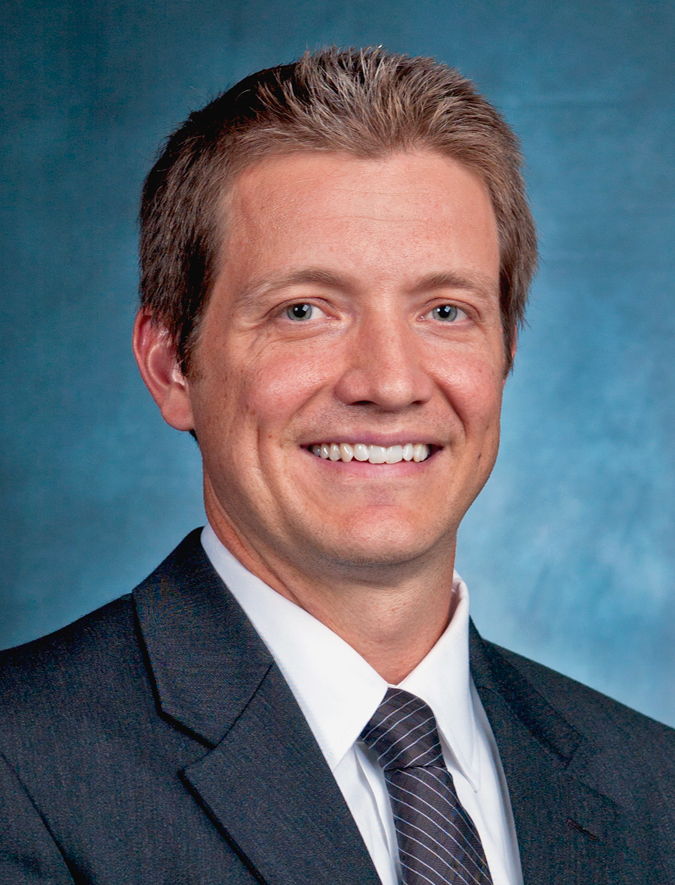Pitfalls in intraoperative nerve monitoring during vestibular schwannoma surgery Journal Article
Local Library Link: Find It @ Loyola
| Authors: | Kircher, M. L.; Kartush, J. M. |
| Article Title: | Pitfalls in intraoperative nerve monitoring during vestibular schwannoma surgery |
| Abstract: | Despite the widespread acceptance of intraoperative neurophysiological monitoring in skull base surgery over the last 2 decades, surgeon training in the technical and interpretive aspects of nerve monitoring has been conspicuously lacking. Inadequate fundamental knowledge of neurophysiological monitoring may lead to misinterpretations and an inability to troubleshoot system errors. Some surgeons perform both the technical and interpretive aspects of monitoring themselves while others enjoin coworkers (surgical residents, nurses, anesthetists, or a separate monitoring service) to perform the technical portion. Regardless, the surgeon must have a thorough understanding to avoid potential medical and legal pitfalls because poor monitoring is worse than no monitoring. A structured curriculum and protocol in both the technical and interpretive aspects of monitoring is recommended for all personnel involved in the monitoring process. This paper details the technical, interpretive, and surgical correlates necessary for optimal intraoperative nerve monitoring during vestibular schwannoma surgery with an emphasis on electromyographic monitoring for facial and recurrent laryngeal nerves. Just as the American Society of Anesthesiologists' 1986 "Standards for Basic Anesthetic Monitoring" became a useful tool for both patients and anesthesiologists, impending guidelines in intraoperative neurophysiological monitoring should likewise become an important instrument for optimizing intraoperative neurophysiological monitoring. |
| Keywords: | Humans; Otolaryngology; Electric Stimulation; Electromyography; Facial Nerve/physiopathology; Monitoring, Intraoperative/methods; Neuroma, Acoustic/surgery; Postoperative Complications/physiopathology |
| Journal Title: | Neurosurgical focus |
| Volume: | 33 |
| Issue: | 3 |
| ISSN: | 1092-0684; 1092-0684 |
| Publisher: | Unknown |
| Journal Place: | United States |
| Date Published: | 2012 |
| Start Page: | E5 |
| Language: | eng |
| DOI/URL: | |
| Notes: | JID: 100896471; ppublish |
LUC Authors
-
 22
22Kircher
Related LUC Article
